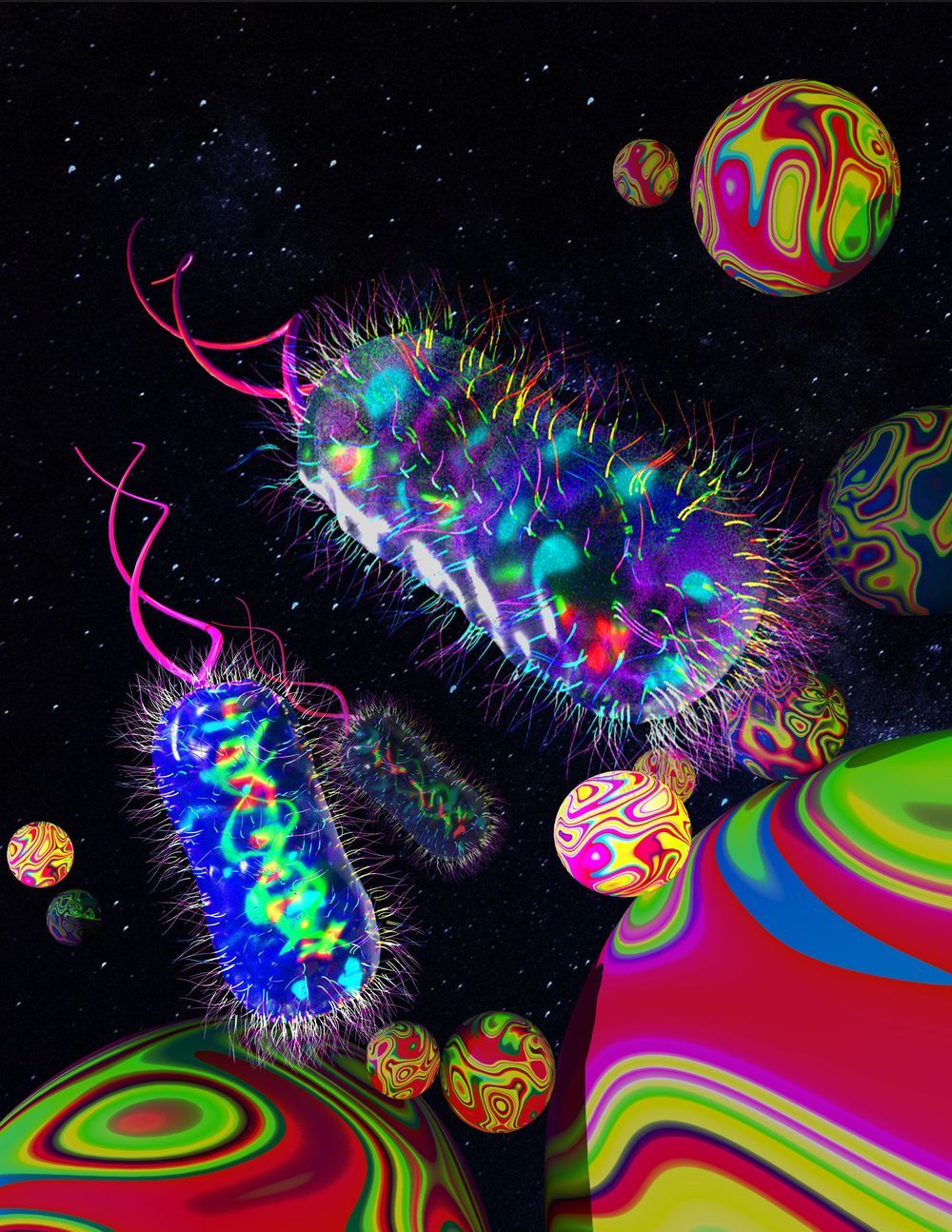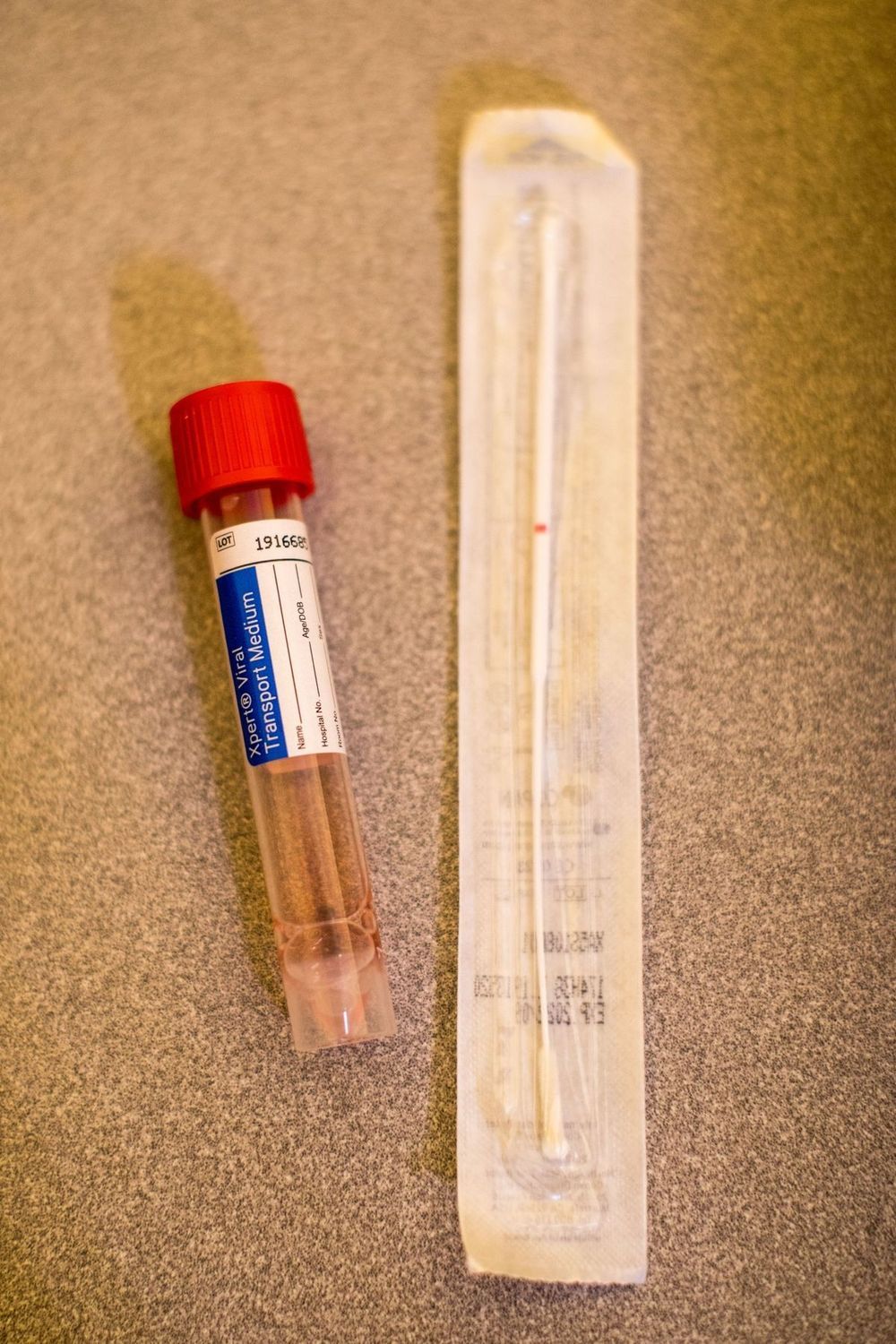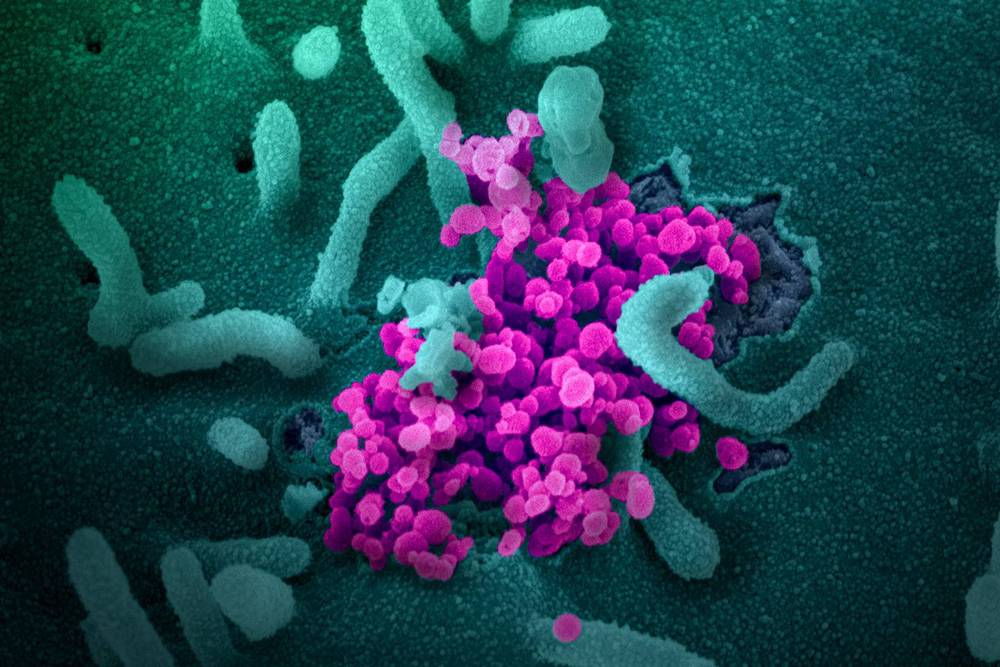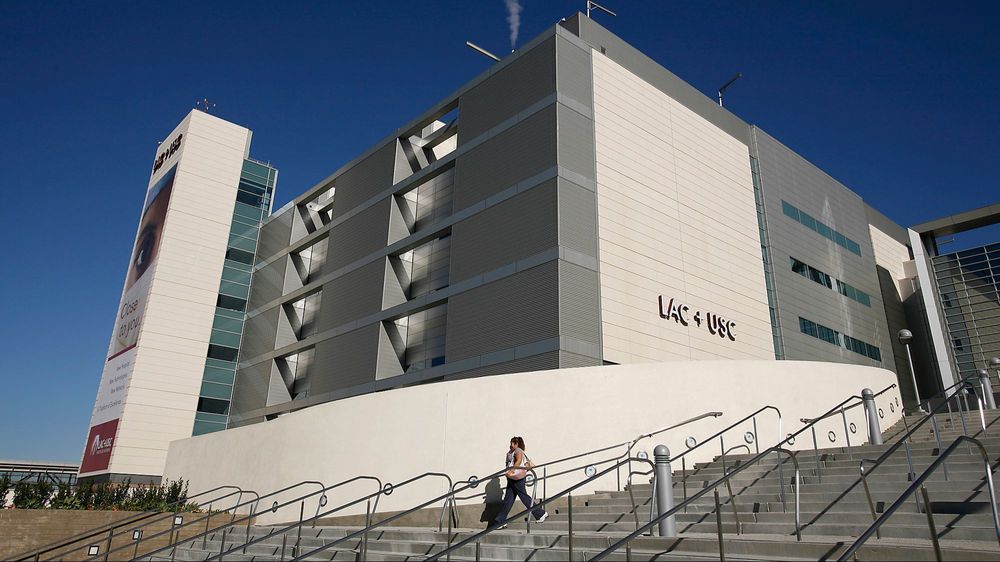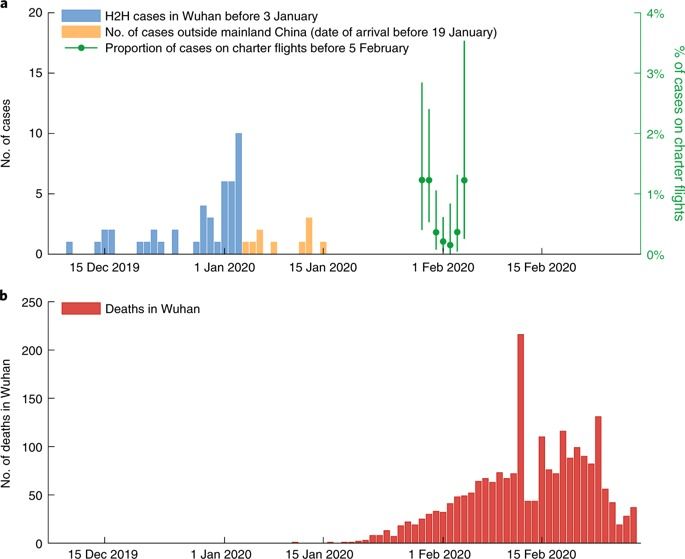As the COVID-19 cases continue to rise globally, the National Medical Products Administration of China has approved the first-ever antiviral medicine called Favilavir. This medicine is said to possibly treat the now-declared pandemic illness.
Over the weekend, Taizhou’s city government announced that Favilavir, which was initially formulated by a Chinese-owned pharmaceutical firm, is the first medicine authorized to stop the widespread of this fatal illness. At present, this drug is being promoted with the label, Avigan.
According to the Ministry of Science and Technology of China, the Favilavir of Hisun Pharmaceutical is among the three drugs that have presented results for hindering COVID-19 (in initial trials) from spreading and further damaging the health of the people worldwide.
